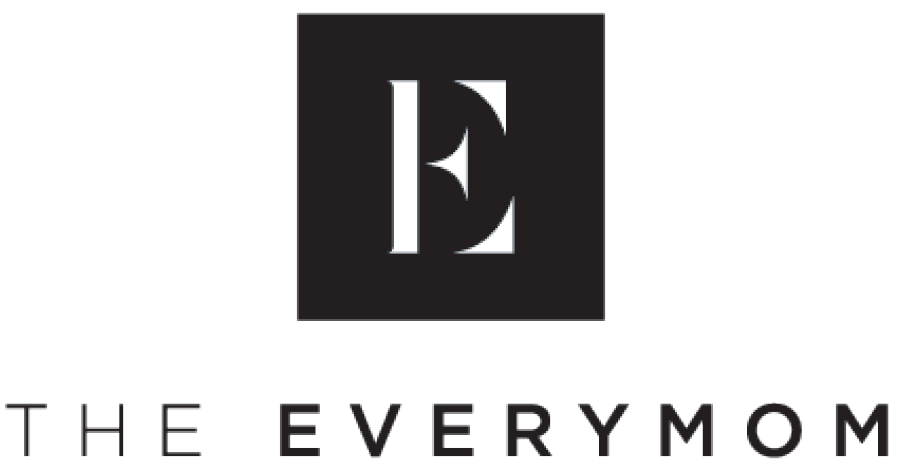All relationships at some point will encounter conflict. It takes work to nurture the relationship and work through conflict, but it certainly can be a daunting task. Not everyone is fortunate enough to grow up around role models of healthy relationships which can make navigating relationship conflict even more frustrating. Luckily, relationship conflict is nothing new and there are tons of ways to make it less stressful for you and your partner(s). It’s important to be able to distinguish between healthy and unhealthy conflict management, to understand one’s own emotion regulation capacity, and to communicate effectively and efficiently. No two relationships are made the same so not every tactic will work for every person or dynamic, but there are general principles that have a wide range of applications. Let’s talk about some of them.
Healthy Conflict Vs. Abusive Conflict
Healthy conflict is when...
Partners choose words that are respectful and don’t attack a person’s character, call them names, or raise their voice at them.
All partners feel safe bringing up issues without fear of retaliation.
Partners practice active listening and healthy communication techniques (more on those later!).
Boundaries are respected.
Apologies are genuine and not predicated on excuses or invalidating the recipient’s feelings.
The goal is to ultimately find the underlying foundational cause of the conflict in order to address the problem at the root.
All people involved are in a clear, wise minded headspace coming into the argument.
Partners are making requests instead of complaints. For example, instead of “you never ask me how my day was when I come home,” you might try something like “hey when my day is over I like to decompress by talking about it. Would you mind making an effort to ask me about it?”.
It may be an abusive conflict if...
It involves physical harm, emotional manipulation, yelling, name-calling, or personal attacks.
The conflict surrounds one partner attempting to overly control the other(s) such as disallowing socializing outside the relationship.
The conflict surrounds a partner’s jealous or possessive behavior.
Conflict arises more often than not and the relationship feels like a constant uphill battle full of arguments.
The same issues come up repeatedly without appropriate behavioral changes being made.
Communication Tips
Speak your mind in a timely manner, don’t let resentment build
Take time outs if needed. When one or multiple partners are in an intense emotional headspace, it’s near impossible to have a productive, effective conversation. Make time to cool down when needed but set a specific time limit for the break, whether that’s minutes, hours, or days, so that the conversation doesn’t accidentally fall by the wayside.
Speak from the “I” perspective and avoid making assumptions about the offending person’s intent. For example, instead of “you don’t care about my hobbies,” you might say something like “I feel unappreciated when you neglect to listen to me talk about my hobbies.”
Approach the conflict as all partner(s) versus the conflict rather than partner(s) versus partner(s). The goal is to work together to solve the problem, not to create adversity.
Practice genuine, reparative apologizing. To learn more about how to do that, check out this Time Magazine article.
When possible, give the other party/ies the benefit of the doubt. Most people are trying their very best at any given moment. This doesn’t mean that you shouldn’t hold them accountable or you shouldn’t have your needs met, only that you should do your best to give them grace.
Figure out what coping tactics work best to regulate your own emotions. Emotion regulation and interpersonal communication skills based in dialectical behavioral therapy (DBT) work well for many people.
Try to prioritize being effective over being right. Sometimes you may need to agree to disagree instead of beating a dead horse and sowing additional discord.
If you incorporate these tips and skills into your conflict management and you still encounter significant obstacles, consider working with a systemically trained relationship therapist like our team of clinicians. Conflict arises in all healthy relationships and does not mean the relationship is doomed. The difference between healthy and abusive relationships in terms of conflict is how it is handled. The better everyone involved understands emotion regulation and conflict management, the more effective conflict management will become. All relationships are a work in progress and luckily, by definition, you don’t need to work on it alone.






























